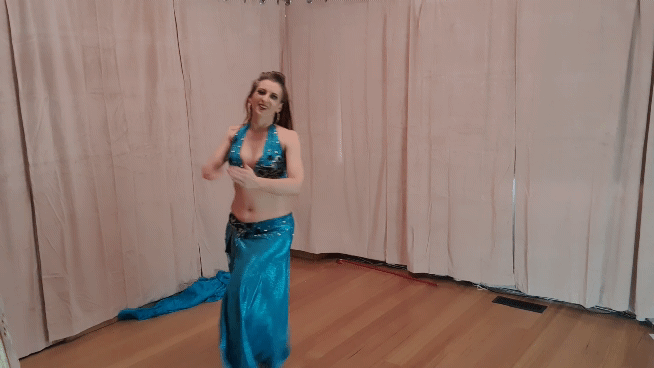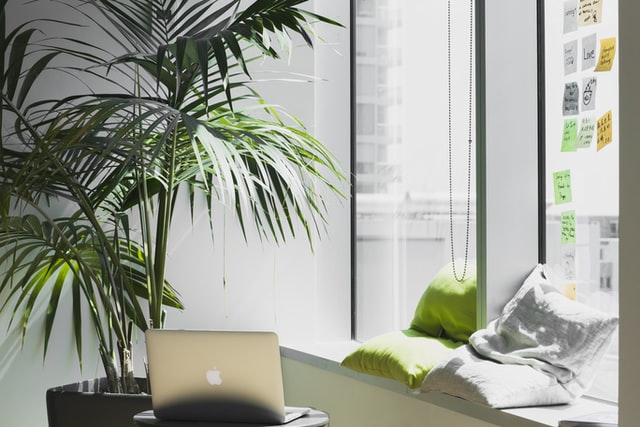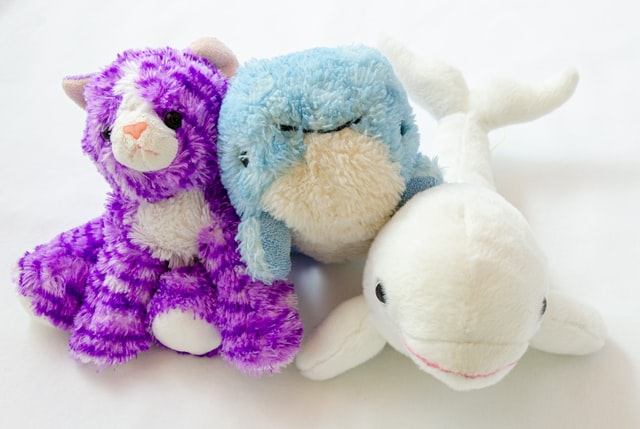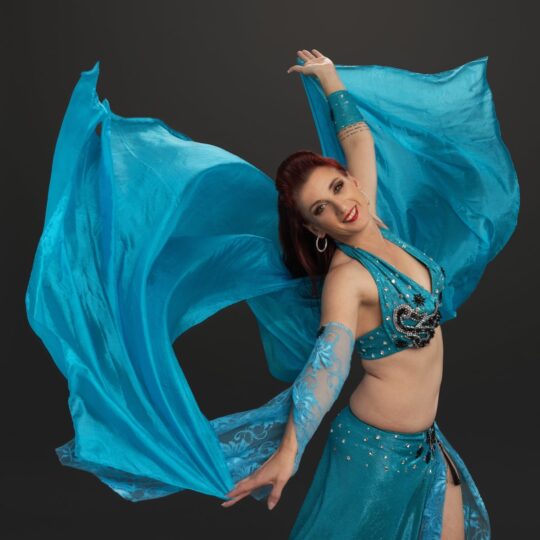Caught on camera
Performing is hard at the best of times, but recording yourself on camera, no matter if it’s for a performance or just for tracking your personal development, is tough. We’re going to take a look at what you can do to take away the nerves and film your dance.
Why video your dance
There are many reasons you might want or need to record a video of your dancing.
You might be taking a course and need to submit proof of your work, you might be performing and need to submit a pre-recorded segment (or even performing live on camera), or you might just like to have video of you in a happy moment grooving away to a song that you love.
But for many of us, when the record button is pressed, the pressure gets amp-ed up to 11. We forget things. Like the next steps in the choreography. Or how the music sounds. Or we feel like we have forgotten to dance all together.
The biggest fear we have isn’t that we are horrible dancers. It’s that something we find amazing within ourselves is seen poorly by someone else. So that means capturing it on video is really difficult. Who wants to have video proof of something that another person could view and bad?
You do. Not because it’s horrible, but because it might be fantastic. It might also be crap. But it’s yours and it’s true to you and where you are in your journey right now. In 10 years if you’re an amazing dancer, wouldn’t you like to have a little recording of where you’ve grown from to be able to show the next generation to inspire and grow them?
So what’s a dancer to do?
1. Leave a camera on always

If the camera is always on, you learn to forget it’s there. When you forget it’s there, you dance more freely. When you dance more freely, you’re not thinking about the camera and what it’s capturing and you’re enjoying the moment of freedom within your dance time.
When you’re done dancing, save the video, put it somewhere safe until when you’re ready to view it.
“But what if I’m never ready to view it?” I hear you ask. That’s ok. You don’t have to. But if you do, have a set of kind eyes on. We learn from every experience we take in and so by dancing that session you’re already more learned than when you started that session.
2. Find prompts

If your biggest issue when you record your dancing is that you forget the steps in your dance, or what the music sounds like, find a prompt you can use that is off screen to help you remember.
It could be a recording of someone else dancing the same dance that you can glance upon to see what steps are coming next. Or a prompt list of post-it notes on the wall. Or maybe you learn the song or choreography smelling a particular fragrance and you spray that in the room to remind your brain and body.
Whatever it is, find it and use it. Noone ever said you couldn’t get help.
3. Breathe

Yes, breathe. When you panic or get super anxious, your brain blocks the pathways to non-essential information… like memories. Because when you’re under threat (which is what your body feels it is), you don’t need memories because they don’t stop you being eaten by a bear. You need to move and move fast, or hide really quietly.
Breathing helps calm your body and hence your mind.
Now, by breathing, I mean good, calm deep breathing. The sort that has a breath in through the nose for 4 counts and out through the mouth for 8 counts.
Calming breath.
Put the camera on. Take 5 minutes to just breathe. You don’t need to meditate or do yoga or anything. You could just sit in the corner with your headphones in (or music playing in the space) and just breathe. Then, when you’re feeling more calm and under control, get up and dance. You might be suprised what comes out when you have a calm brain and some amazing music on. And it’ll all be captured on video for you.
4. Perform to an “audience”

Just because you don’t want (or can’t have) a living person in the room with you, doesn’t mean you need to perform to no one! A row of stuffed animals or photos can easily double as an audience for you to perform to!
And the best thing about these sorts of audiences, they can never give you a bad review!
I’m sure there are so many more great tips when it comes to recording, but these four have been key for making my journey in recording and documenting my dance so much easier. Now it’s not easy… some days it takes me a lot to just be calm and do what I need to do, but then I remember to breathe and I setup my “audience” and all of a sudden, it’s done and I’m amazed at what I’ve put together.
Are you interested in joining a dance class, but don’t know where to start? Belly dancing is an amazingly low impact exercise and the best thing of all, is that you don’t require anything special to do it! Jump in a class today with APB Dance and see where dancing can take your life.




